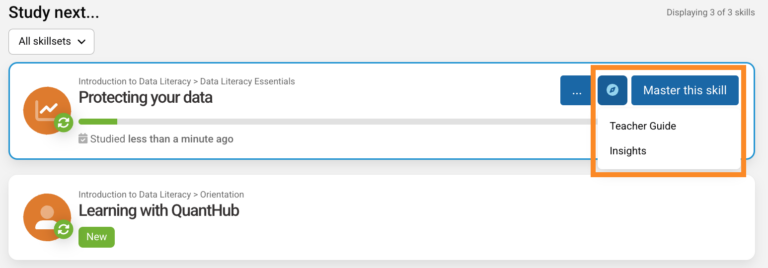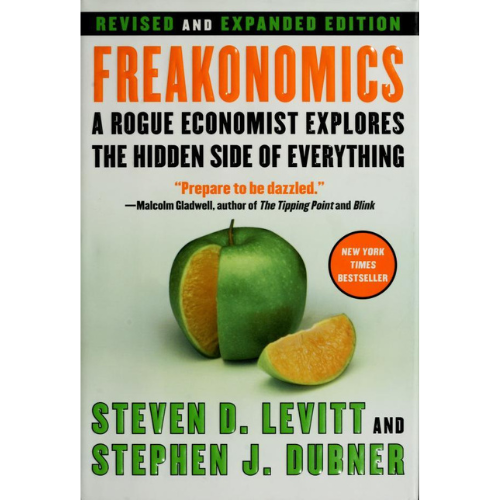
Prepare for the latest in tech insights, tidbits, and more:
🖼️ OpenAI made ChatGPT improved 4o’s image generation tool and it’s free for everyone.
📚 Lesson of the Week: Are you doing your dream job? Learn the statistics behind why you might not be.
⚖️ Scientists debate how much the internet “weighs,” with estimates ranging from a strawberry to a Cybertruck depending on the method.
📺 Weekly Tech Tip: Instantly improve your TV’s picture.
🚀 What’s New: Option to mute confetti celebration, new learner badges, course quick links, and compass dropdown menu.
📗 Book of the Week: “Freakonomics” by Steven D. Levitt and Stephen J. Dubner.
Get a Quick Lesson In
ChatGPT’s Best Image Generator Yet
OpenAI has made its ChatGPT 4o image generation tool freely available to all users, lifting the previous paywall.
While free users are limited to three image generations per day, paid subscribers can access unlimited use.
The move intensifies competition in the AI space, as companies race to improve creative tools, though concerns remain about copyright, energy use, and potential job disruption.
Lesson of the Week
This week’s lesson is from our unit, “Discovering statistics,” and features a video on the statistics behind why you might not be doing your “dream job.”
Question of the Week:
According to the video, Why you’re probably not doing your “dream job,” who is most likely to get a job in a science-related field?
Select one:
A) People who do not plan to work in a science-related field, and do not have great math skills.
B) People who plan to work in a science-related field, even if they don’t have great math skills.
C) People who have great math skills, even if they don’t have any plans to work in a science-related field.
See if you’re right–the answer is at the bottom!
How Heavy Is the Internet Really
How much does the internet actually weigh?
From strawberries to Cybertrucks, experts have used surprising methods to measure its mass–by translating bits, energy, and even DNA into physical weight.
While the final number is vanishingly small, the digital world carries a much heavier presence in our lives.
Weekly Tech Tip
Instantly Improve Your TV’s Picture
- Switch Picture Mode
Go to Settings > Picture Mode and select Movie, Cinema, or Filmmaker.
Skip Vivid, Dynamic, or Standard–they’re overly bright and unnatural. - Turn Off Motion Smoothing
Find Motion Smoothing, TruMotion, or MotionFlow. Set it to Off.
Prevents the dreaded “soap opera effect.” - Adjust Brightness (Black Level)
Use a dark scene (e.g. The Dark Knight). Lower brightness until shadows disappear, then raise it just enough to bring back detail. - Reduce Sharpness
Set Sharpness to 0 or very low. Higher settings fake detail and add halos. - Tweak Contrast (White Level)
Use a bright scene (e.g. sports or sky shots). Raise contrast until highlights blow out, then dial it back slightly. - Set Color Temperature to Warm
Choose Warm for the most lifelike tone–even if it looks a little reddish at first. - Turn on Game Mode (if gaming)
Reduces input lag. Great for fast-paced play. - Adjust Backlight / OLED Light
Brighter for daytime, lower for nighttime. This controls overall screen brightness.
Book of the Week
“Freakonomics” by Steven D. Levitt and Stephen J. Dubner explores how economic principles explain unconventional aspects of everyday life.
Using data-driven analysis and storytelling, the book reveals hidden incentives behind behaviors, challenging conventional wisdom across topics like crime, education, and social norms.
Lesson of the Week Answer:
B) People who plan to work in a science-related field, even if they don’t have great math skills.





